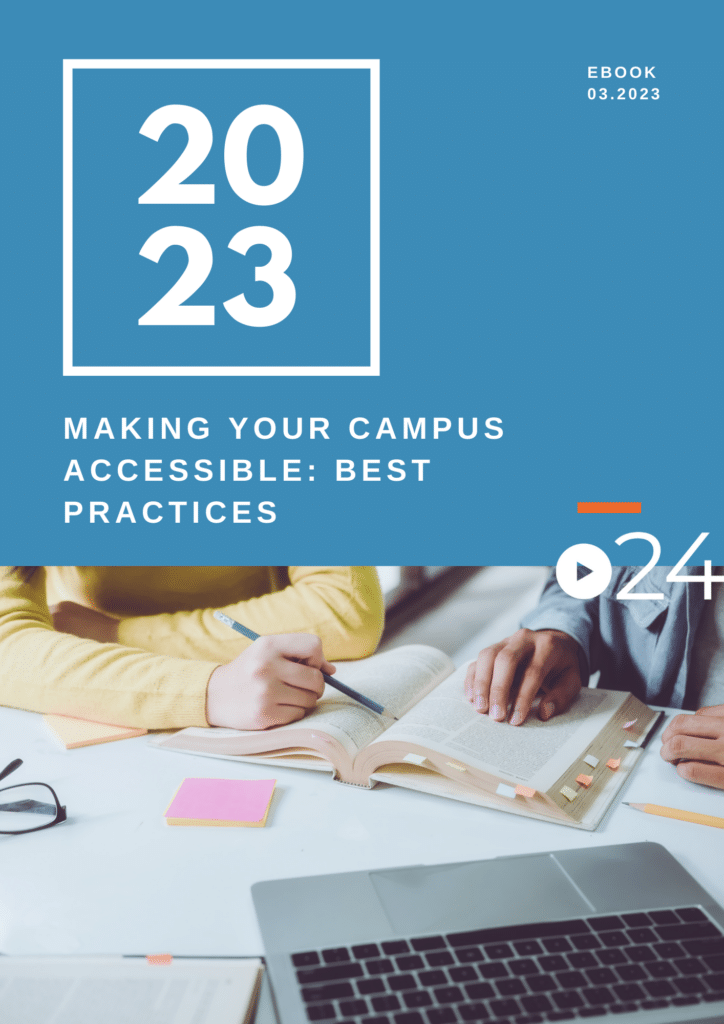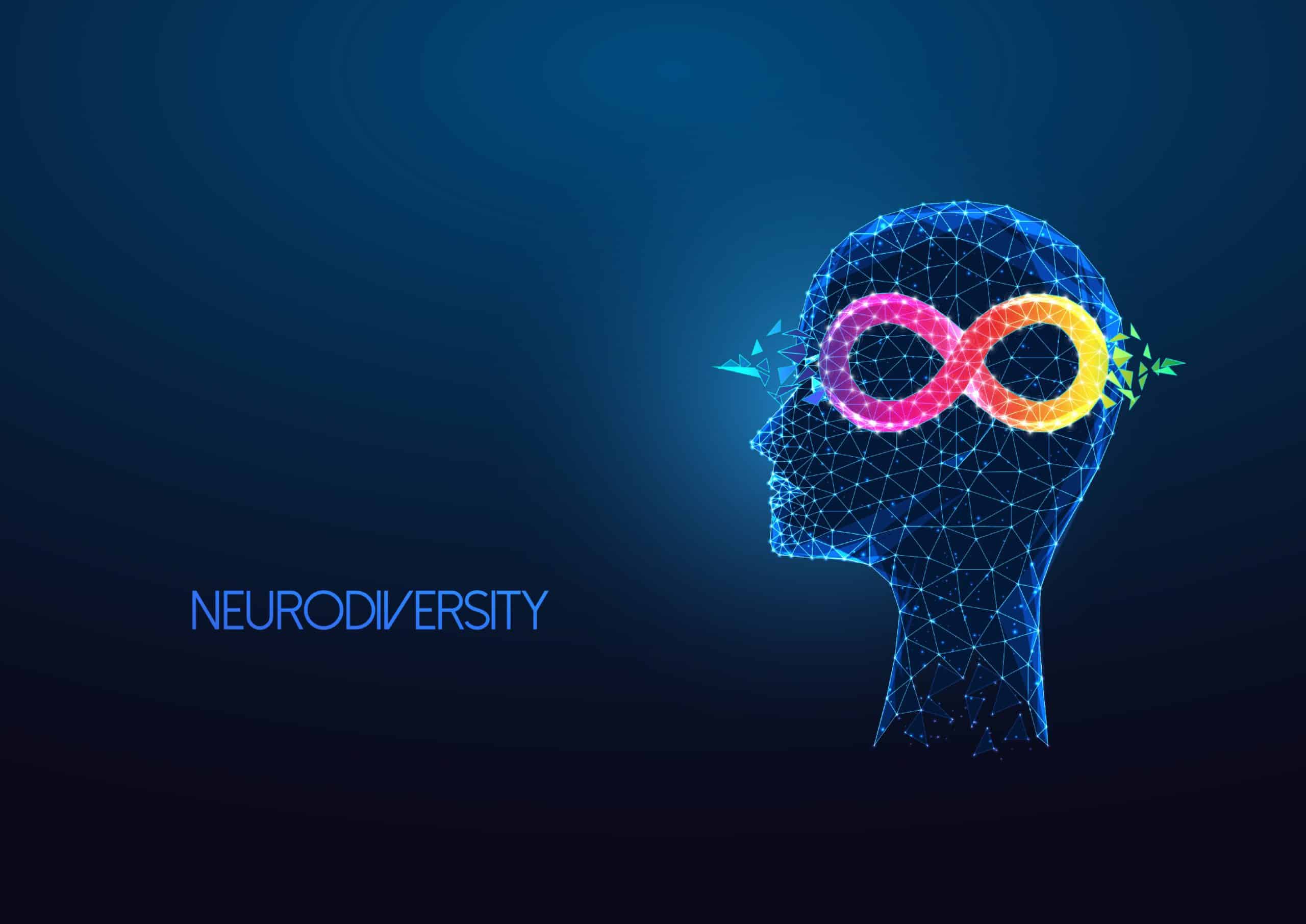
Embracing Neurodiverse Learners Through Remote Learning
Neurodiverse learners are more common than you may think. Driven by genetic and environmental factors, an estimated 15-20 percent of the world’s population exhibits some form of neurodivergence. Neurodivergent conditions, including attention deficit hyperactivity disorder (ADHD) and autism spectrum disorder (ASD), are overrepresented in STEM fields.
Neurodiversity recognizes and respects the natural diversity of neurological differences and acknowledges their place within society. Neurodiversity is a concept that recognizes and respects the natural variation in the human brain and neurological differences. It asserts that neurological conditions such as autism, ADHD, dyslexia, and others are simply natural variations of the human brain rather than solely disorders or disabilities that need to be fixed or cured. Through the pandemic significant strides were made across neurodiverse conversations. As remote learning and work through video became widely adopted, the advantages and disadvantages for neurodiverse learners were exposed.
The Overlapping Skills and Strengths of Neurodiversity

Neurodivergent Learning Pros and Cons
For neurodiverse learners, especially those with conditions like autism, environmental changes can significantly impact their learning experience. The uncertainties in the aftermath of COVID-19 have led many families with neurodivergent children to opt to continue remote learning. In response to this demand, online schools are tailored to the needs of neurodivergent students. One example is the Arizona Autism Charter Schools, which have emerged in response to the growing demand.
Establishing a solid teacher-student relationship is crucial for the success of any learner, but it can be particularly challenging for students with autism. They often require more time to understand the emotional responses of their peers and adults. A survey of parents with autistic children revealed that a significant portion felt uncomfortable sending their children back to in-person schooling after remote education was not in their best interest.
Surprisingly, virtual classrooms have presented unexpected benefits for neurodivergent learners. Some students excel in a familiar environment, particularly when engaging in tasks they find less comfortable. Remote learning has enabled selective mute students, who never spoke to their peers in person, to communicate with their classmates for the first time, fostering social development. Anecdotal evidence suggests remote students often outperform their in-person peers and exhibit more significant academic growth.
Granting neurodivergent students control over their learning environment is vital. Physical spaces with overwhelming sensory stimuli, such as excessive noise, problematic lighting, or uncomfortable temperature, can adversely affect their learning experience. Home learning offers flexibility, allowing families to address the diverse needs of neurodivergent students proactively. It is an alternative when students are not in the optimal state to attend school, such as after a restless night or when specific triggers affect their behavior.

Supporting Neurodiverse Learners Through Video
Video education and training offer valuable support for neurodiverse individuals, addressing the challenges they may face in traditional in-person communication. Video content caters to the diverse comprehension and attention styles of neurodivergent individuals. Visual signals in videos, combined with audio, provide valuable support for comprehension and retention. By delivering presentations and educational materials in video format, neurodivergent learners can focus on the content, free from traditional settings’ social demands and distractions. Additionally, the flexibility of recorded media allows for personalized pacing, enabling individuals to slow down, pause, or rewatch the material as needed.
It is essential to implement comprehensive captioning and transcription programs. Studies have consistently shown the substantial benefits of video and audio captions in developing and strengthening the reading skills of students with learning differences. These benefits include improved reading speed and fluency, increased vocabulary acquisition, enhanced word recognition, and better overall comprehension of the material.
A study at Oregon State University specifically explored using captions and transcripts to support students’ learning. The findings demonstrated that captions significantly improved focus and information retention, while transcripts proved particularly beneficial for students with learning differences. These insights emphasize the significance of incorporating captioning and transcription as essential tools to support neurodiversity in education and professional applications.
The Future for Neurodiverse Learners

Despite its advantages, remote learning is only suitable for some neurodivergent students, just as it may not be for neurotypical students. Virtual learning often requires significant support from families and can impede the development of social skills and the achievement of individualized education plan (IEP) goals. Many neurodivergent students feel lonely and longing for their friends when they are not physically present in the classroom. While video conferencing accommodates for remote communication, it still challenges establishing genuine emotional connections.
Some schools are considering incorporating elements of remote learning into the traditional school day to address these challenges. For instance, specific administrative meetings can be conducted virtually, even for students attending in-person classes. Ultimately, ensuring that neurodivergent students derive maximum benefit from their learning experience, whether online or in-person, necessitates active school involvement and support. The pandemic has prompted educators to embrace new procedures, activities, and teaching methods to accommodate their students’ diverse needs better. This shift toward more inclusive practices offers hope for the future.
***

Accessible Video Legal Requirements for Private Universities: Federal Funding and Public Places of Accommodation
There has been a decades-long debate on accessible video legal requirements for private universities. Due to their receipt of federal funding and being classified as public places of accommodation, the overwhelming majority of private universities are legally obliged to ensure the accessibility of their educational materials for all students, including those with hearing impairments. Read More >>
Accessibility for Visual Media: Audio Description
Audio description is crucial in enhancing accessibility for individuals with visual impairments in visual media. It provides a unique form of narration that brings visual elements to life for those unable to see them. However, challenges still need to be solved regarding audio description consistency and availability, and efforts are being made to address these issues. As the industry continues to evolve, it is essential to prioritize accessibility and ensure that audio description is consistently and effectively provided in visual content to make it more inclusive for all viewers. If you are seeking an audio description solution, contact cielo24 for additional information about Video localization services; contact us here.
According to a survey by Verizon Media, 80% of consumers are more likely to watch an entire video when captions are available. Enjoy a complimentary trial account.
International organizations enjoy local hosting, a wide range of foreign languages, and other services; learn more.
